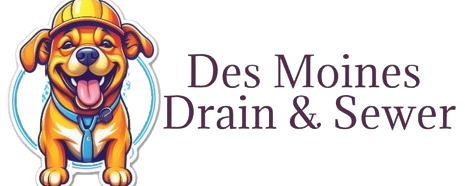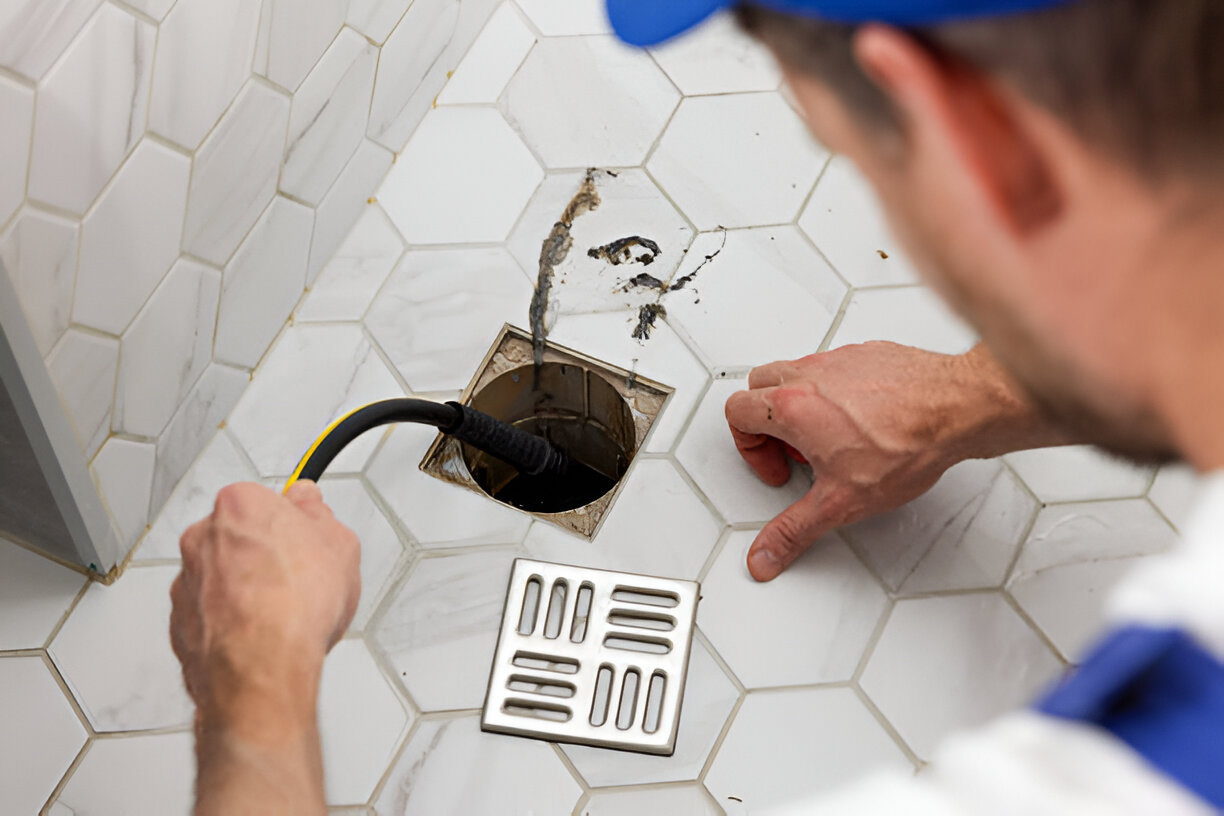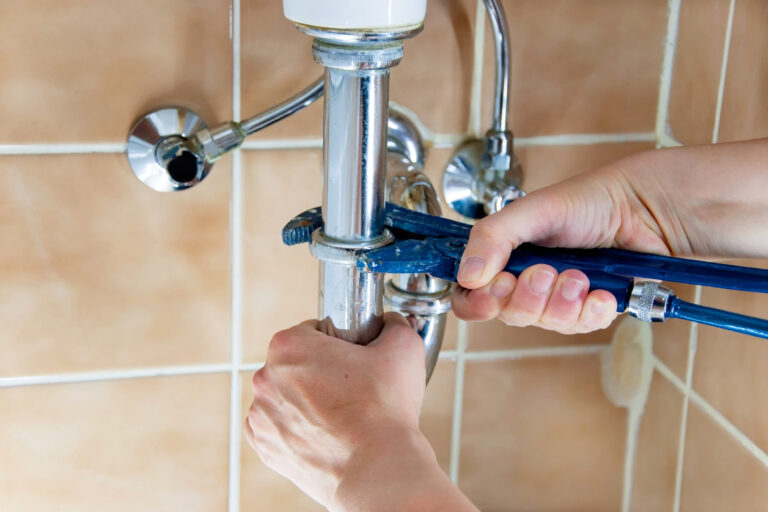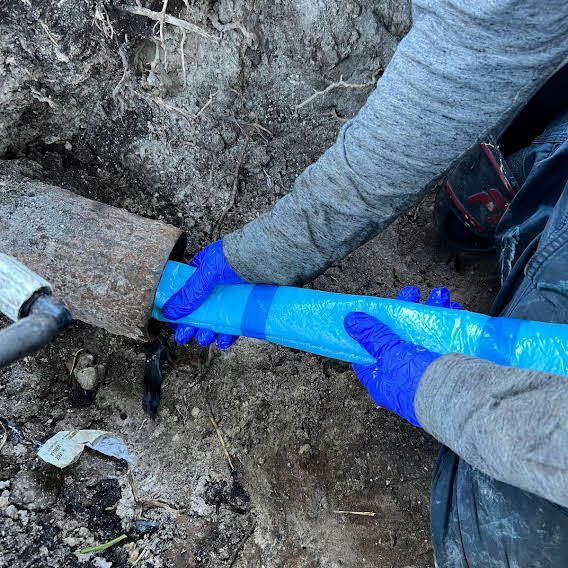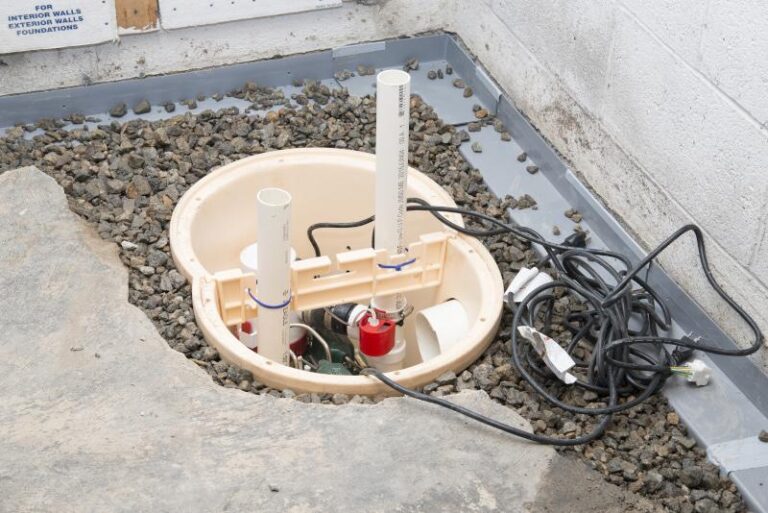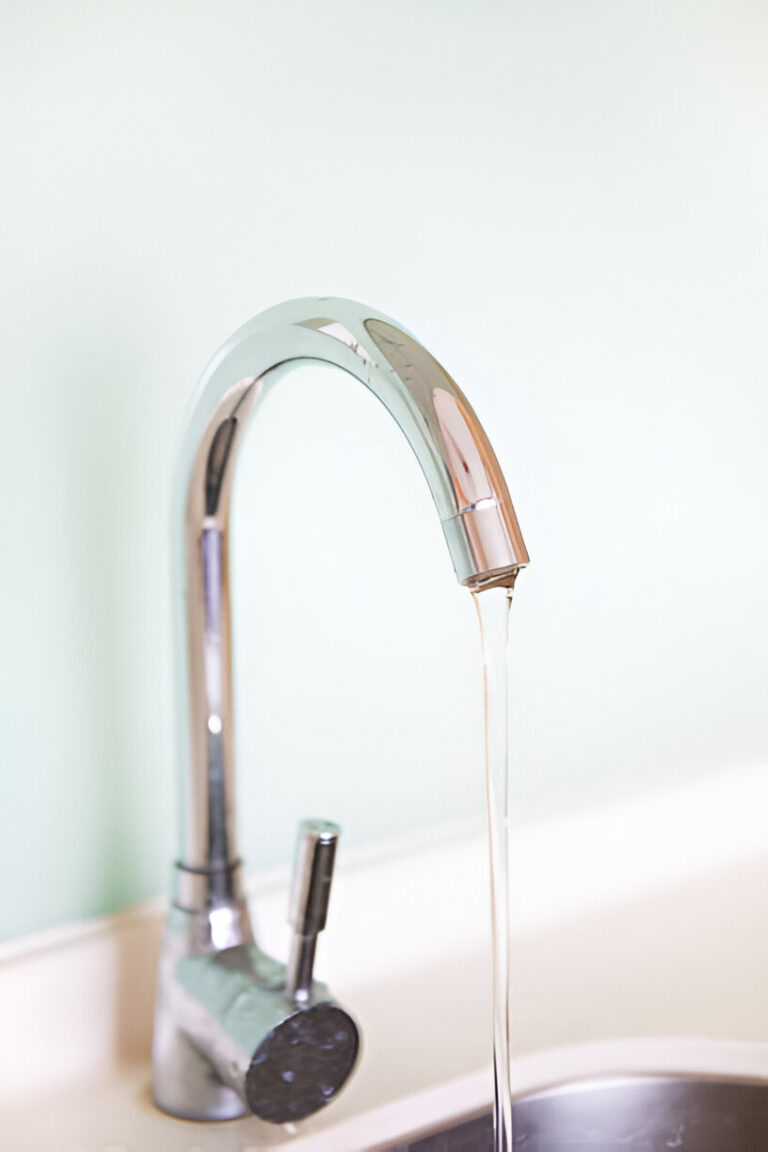7 Reasons to Choose Hydro Jetting for Clogged Pipes
Clogged pipes are one of the most common (and frustrating) plumbing issues homeowners and businesses face. Whether it’s a slow-draining sink, recurring backups in your toilet, or foul smells wafting from your drains, these symptoms point to a deeper problem that simple plunging or chemical cleaners can’t permanently solve.
That’s where hydro jetting steps in a high-pressure, water-based pipe cleaning solution that’s as effective as it is environmentally friendly. Used by professional plumbers, this method uses powerful jets of water to remove grease, sludge, hair, tree roots, mineral deposits, and other stubborn debris from inside your pipes.
Let’s explore the top 7 reasons to choose hydro jetting for clogged pipes and why it’s often the most efficient, reliable, and long-lasting solution for your plumbing system.
1. It Completely Clears Even the Toughest Clogs
Hydro jetting isn’t just about poking a hole in a blockage, it’s about blasting it away completely. Unlike snaking, which may only loosen or temporarily push through a clog, hydro jetting uses highly pressurized water (up to 8,000 PSI) to obliterate the entire obstruction and flush it out of your system.
It removes:
- Thick grease and soap scum
- Hardened sludge or scale
- Hair clumps
- Food waste
- Tree roots (in early stages)
The power of hydro jetting ensures that no remnants are left behind, significantly reducing the chance of recurring blockages. It’s ideal for households dealing with chronic clogs or for commercial kitchens where grease buildup is a constant concern.
2. It Cleans the Entire Pipe Interior
What makes hydro jetting superior to traditional methods is its ability to scrub the full diameter of the pipe, not just poke through a clog. Over time, pipes accumulate all sorts of debris, grease, minerals, detergent film, and organic matter that stick to the interior walls and slowly constrict water flow.
Hydro jetting’s rotating nozzle sprays pressurized water in multiple directions, thoroughly cleaning every inch of the pipe’s surface.
The result:
- Restores full pipe diameter
- Improves flow rate
- Prevents future clogs from forming quickly
It’s essentially like giving your plumbing system a professional deep clean.
3. It’s Eco-Friendly and Non-Toxic
Many over-the-counter drain cleaners use caustic chemicals to break down clogs. These substances may offer a quick fix, but they can also:
- Corrode your plumbing over time
- Kill beneficial bacteria in septic systems
- Pollute local water supplies and ecosystems
Hydro jetting, by contrast, uses nothing but clean water. There are no chemicals involved, which makes it safer for your pipes, safer for your household, and safer for the environment.
Ideal for:
- Homes with septic tanks
- Properties near lakes, rivers, or sensitive habitats
- Families with pets or children
If you care about keeping your home and environment healthy, hydro jetting is the responsible choice.
4. It’s Safe for Most Residential and Commercial Pipes
Some homeowners worry that blasting high-pressure water through their pipes might damage them, but the truth is, hydro jetting is safe when done by a professional. Licensed plumbers perform a video camera inspection before the process to assess the condition of your pipes and adjust the water pressure accordingly.
Hydro jetting works well with:
- PVC
- Cast iron
- Copper
- ABS
- Clay pipes (if still intact)
Plumbers know how to apply the right pressure for each material, so the system is cleaned without causing any damage.
Note: If your pipes are already cracked, collapsed, or extremely corroded, a plumber may recommend pipe repair or replacement instead.
5. It Eliminates Bad Odors and Bacteria
Clogged pipes don’t just affect water flow, they also affect air quality. Over time, organic material trapped inside drains and sewer lines begins to decompose, creating foul-smelling gases that rise into your home. These can be especially noticeable in kitchen sinks, floor drains, and bathrooms.
Since hydro jetting cleans down to the pipe walls, it also removes the biofilm and bacteria responsible for those smells.
Benefits:
- Fresher indoor air
- Fewer health risks
- More sanitary plumbing system
For restaurants, medical facilities, and food preparation areas, keeping drain lines odor-free isn’t just about comfort, it’s about meeting health and safety standards.
6. It’s a Smart, Cost-Effective Investment
While hydro jetting may cost more upfront than snaking or store-bought solutions, it saves money in the long run by solving the actual problem and minimizing future service calls.
Long-Term Cost Savings:
- Fewer plumbing emergencies
- Lower maintenance needs
- Prevents water damage from backups
- Avoids pipe corrosion caused by chemicals
Also, by catching issues early (via camera inspection), plumbers can recommend timely repairs before they escalate into expensive replacements. A single hydro jetting service can extend the life of your plumbing system and reduce the need for reactive fixes.
7. It Works for Both Preventative and Emergency Maintenance
Hydro jetting is not only for emergencies, it’s also a powerful preventative maintenance tool. By scheduling regular cleanings (especially in older homes or heavy-use commercial properties), you can keep your drains and sewer lines flowing smoothly year-round.
Best use cases:
- Annual or bi-annual cleanings in commercial kitchens
- After major renovations or plumbing work
- Seasonal cleanings for rental properties or vacation homes
- Before buying or selling a property (clean system = added value)
For businesses, staying ahead of clogs and backups means less downtime, fewer customer complaints, and protection against health code violations.
What Happens During a Hydro Jetting Service?
Here’s what to expect when you schedule hydro jetting with a licensed plumber:
1. Inspection:
A video camera is inserted into your pipes to:
- Pinpoint the location and severity of the clog
- Identify pipe condition and material
- Ensure there are no major cracks or collapses
2. Jetting Setup:
The technician connects a water tank and pressurized hose to your plumbing access point, often via a cleanout valve.
3. High-Pressure Cleaning:
Water is released at high speed through a specially designed nozzle, blasting the clog and scrubbing the pipe walls as it moves through the line.
4. Final Inspection:
A follow-up camera inspection may be done to confirm that the clog has been removed and the line is clear.
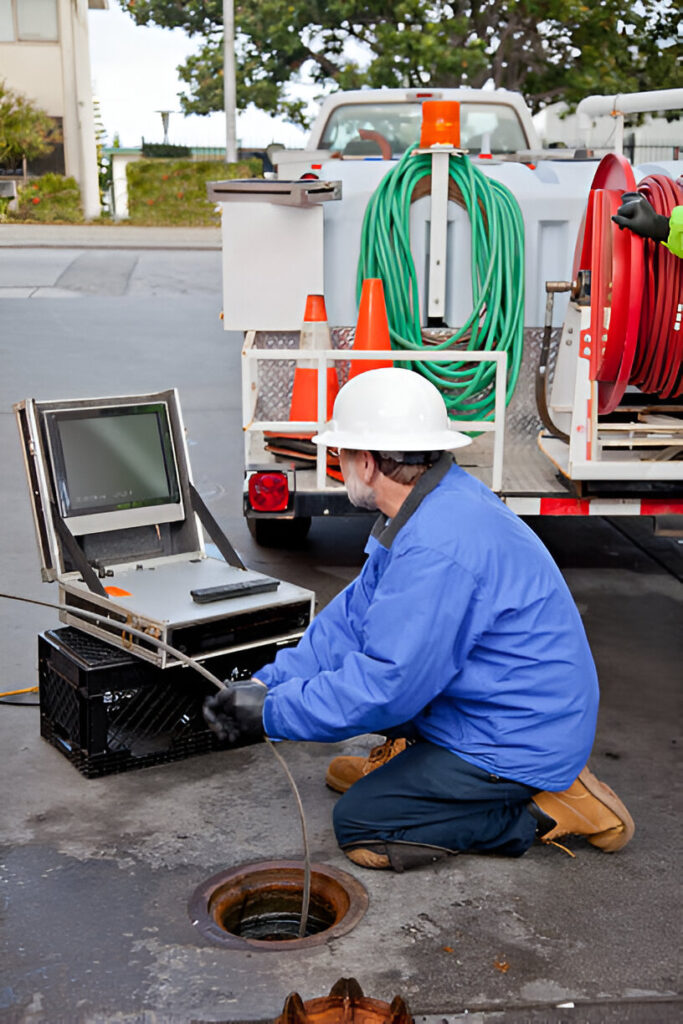
Should You Choose Hydro Jetting?
You should consider hydro jetting if:
- You experience frequent or recurring clogs
- You smell sewer odors in your home or building
- You want a safe, chemical-free cleaning option
- You have slow drains in multiple locations
- Your business needs high-performance plumbing (e.g., restaurants, salons, laundromats)
Final Thoughts
Hydro jetting is more than just a plumbing fix, it’s a complete solution for clogged and dirty pipes. From removing stubborn blockages to deep-cleaning your pipe walls and improving your system’s lifespan, it offers unmatched value for both homeowners and business owners.
Whether you’re tired of using chemical drain cleaners that don’t last or you want to invest in proactive maintenance, hydro jetting is the smart, safe, and sustainable way to keep your plumbing flowing freely. For trusted HVAC and plumbing support in Iowa, many homeowners turn to Des Moines Drain & Sewer for honest advice and reliable installation services.
